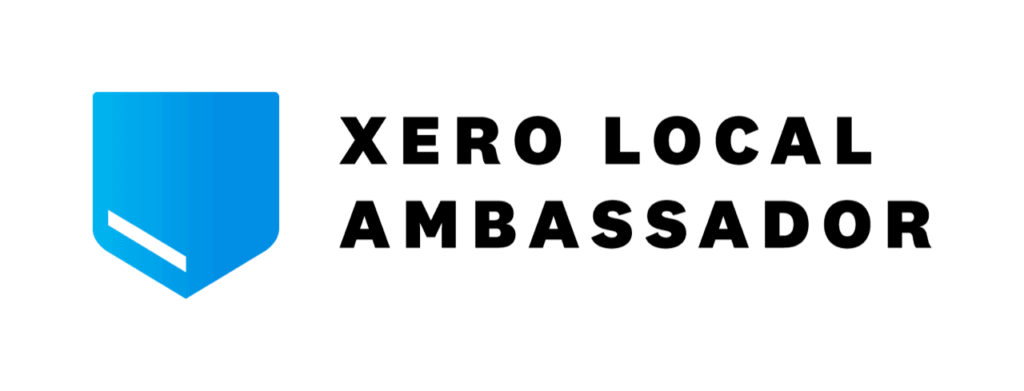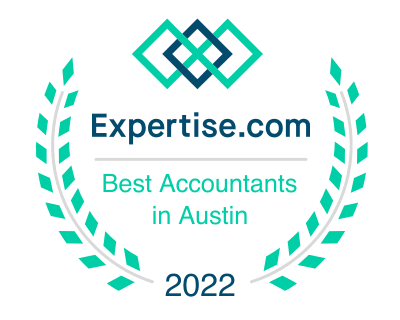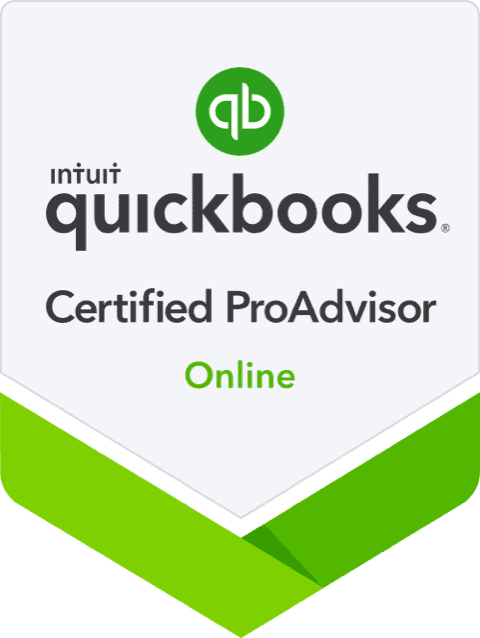Using Dynamic Forecasting to increase profitability

Dynamic forecasting can be an extremely powerful and timely tool to better frame critical business decisions, project future bottom line cash positions, and create better budgets.
The difference between Dynamic Forecasts and Budgets: Firstly, what is dynamic forecasting and how is it different than traditional yearly budgets. While Budgets are usually a projection of Profit and Loss only, a Forecast encompasses Profit & Loss, Balance Sheet, and Cashflow. Therefore Forecasts provide a better overall picture, and present a projected answer to the all-important hypothetical question: “how much cash will I have in the future if I do “X”?” Dynamic forecasting also allows presentation of multiple scenarios (either side-by-side or as they come up), and periodic updates and refinement as more information is available throughout the forecast period.
At Strata we find this is very valuable to our clients in that they are measuring monthly performance against a budget, but they can also react aggressively as new opportunities come up or unexpected structural changes occur that were not accounted for in the original budget. In other words, with dynamic forecasting you can effectively combat the dreaded “stale budget”.
Advantages of Dynamic Forecasting to provide more meaningful insight and lead to more profitable decisions.
Project future cash: the ultimate output of our dynamic forecasts is a month-by-month look at projected bottom-line cashflow, which is incredibly powerful because you can then tailor/structure revenue or financing options to fit the projected cash inflow/outflows.
A budget is a very useful tool for providing a measuring stick against future actual performance, but by itself does not provide a view into actual cashflow. Having a clear view of future cashflow (and insight into how each future months operational results affect bottom-line cash) resulting from a scenario is absolutely essential in making the best decision for your business.
Better Frame Critical Business Decisions: Since we can translate your business scenarios into a clear look of bottom-line cash impact, we’re then able to look at the underlying revenue and cost assumptions with a more relevant lens. As I mentioned above, if you’re just looking at a monthly budget, you’re seeing how costs are allocated each month for a comparison against actual performance, not an entire picture including actual cashflow.
By using dynamic forecasts, you can not only see projected numbers for comparison (a budget), but also have clear insight into how those numbers affect future cashflow (a complete forecast). In other words, to truly make the best decision, you need to see how those budgeted numbers affect projected bottom-line cash. Strata Cloud Dynamic Forecasting provides this more complete view, and we work with you to keep honing and refining periodically or as new information or scenarios arise.
Create Better budgets: Since we can get a complete 360 degree view of any business scenario using Dynamic Forecasting, we can more accurately hone a long-term forecast and budget. You can much more easily and effectively choose a month-by-month comparison budget once you have complete forecasts built and available.
At that point, most of the analysis is already done, and we can take the Profit & Loss portion of a Forecast to convert to a budget integrated into each month’s financial package going forward. Then, if material operational changes occur, we can work with you and update any aspect of the budget for future comparisons. That way, you and your team are committed and accountable for the set monthly measurables, but you can also adapt as your business grows and evolves.
If you’re interested in chatting further about Dynamic Forecasting, reach out directly to your Strata expert or connect with us.
By Kyle Smith, CPA





